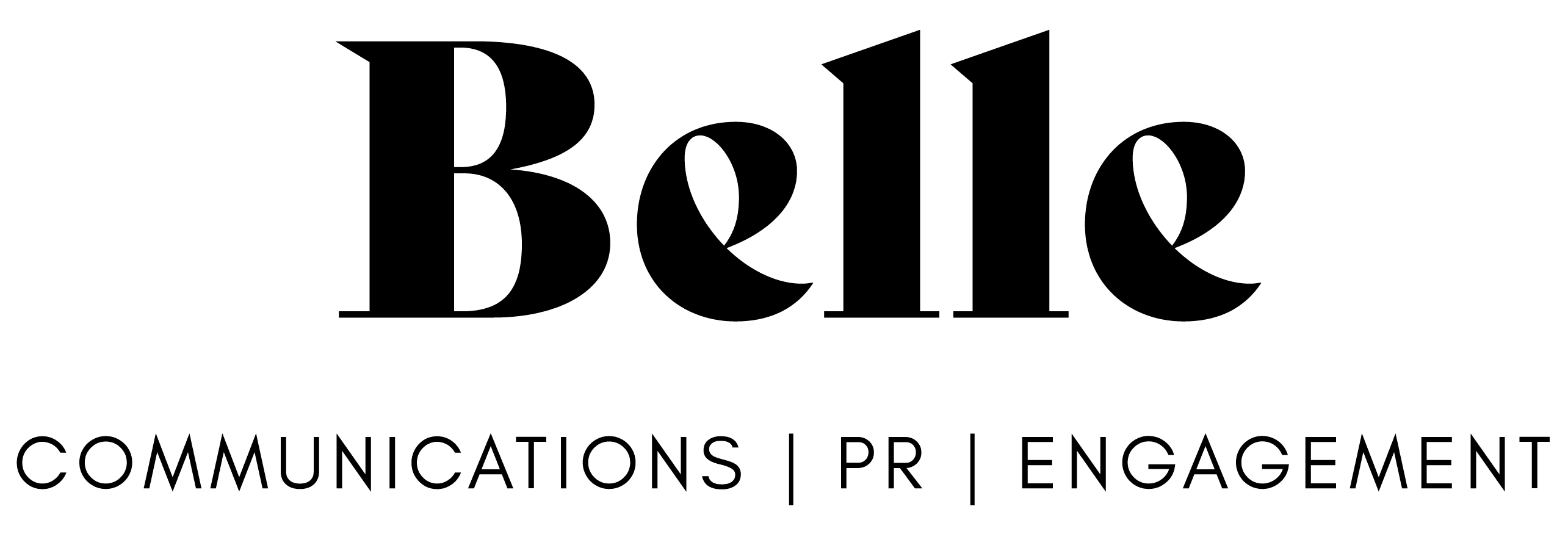If you’ve worked with me before, you’ll know I champion plain English. I like to call it “BBQ language". When I say that, I don’t mean talking and writing in casual way. I’m referring to keeping it simple for the audience - like you would with a neighbour - so they know what you’re talking about and can take the right course of action.
I recently had a situation in an organisation where a brochure was circulated far and wide by one of the teams. The brochure was about some upcoming changes that could affect the reader. The team’s intentions were good, and to be fair, the organisation is usually happy to empower its staff to get on with their job and distribute customer facing information and updates without the communications team micromanaging an internal sign off process.
Hindsight is a great thing. In this case it would’ve been useful for the team to chat with their in-house communications team and get some tips on readability.
The issue in a nutshell was that the brochure was overloaded with jargon, lacked any explanations or definitions, had too many words, and was essentially impossible to understand and useless to the reader.
After stumbling across the brochure (and having my little WTF moment), I asked about their approach and what they were trying to achieve. They told me the brochure was for information only and agreed that it was complex and difficult to understand, but informing the audience was a legislative requirement, so that’s just how it had to be. No!
If your reader is keen enough to call you and says “your brochure is gobbledygook and I don’t understand a single thing you’re trying to tell me”, you have officially wasted your time. You’ve completely failed to achieve what you set out to when you started writing.
Here are a few essentials to help keep it simple.
Use clear and simple language
This is critical! Words are tools, so choose them carefully. The way you speak or write shows respect and consideration for your audience. Jargon will not make you sound clever - it will disengage your audience.
Speak to you audience
Don’t be afraid to use ‘you’, ‘we’ and ‘I’ if that’s the appropriate tone for your message. Think about your message like a conversation with your neighbour. Match your level of technical language with the audience.
Structure your message logically
Start with the most important message first
Use headings, subheadings, bullets and tables to help your reader navigate the information provided
Keep your sentences short and to the point
Only use acronyms and abbreviations if completely necessary
Read it out loud
I always like to read what I’ve written out loud to make sure I’ve got the message right. If there’s any doubt or you don’t understand something, odds are others won’t either.
Always remember that we already live in a complex world and are constantly bombarded with information. Your audience will thank you for keeping you message simple and easy to read.


